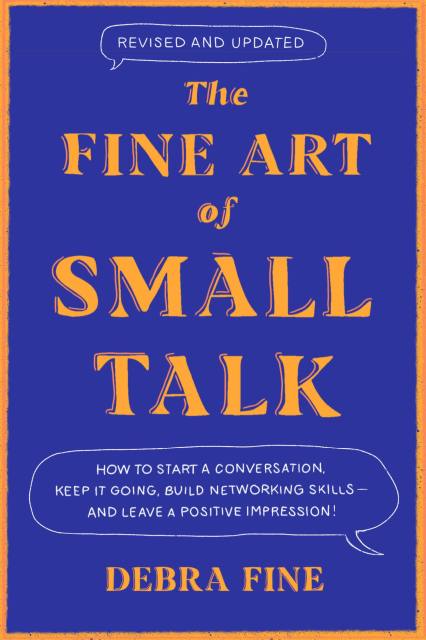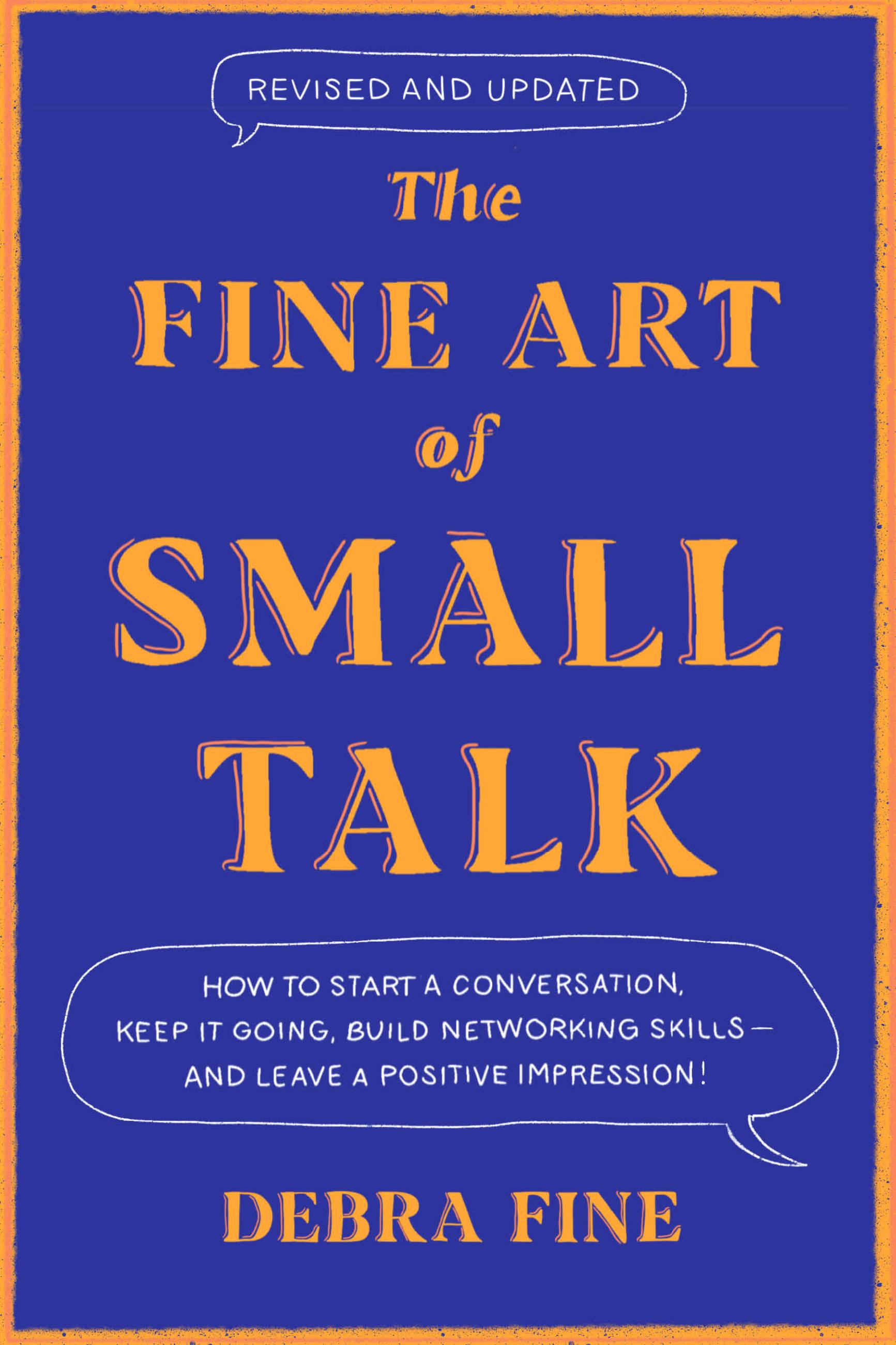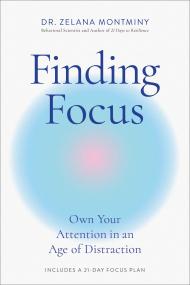Promotion
25% off sitewide. Make sure to order by 11:59am, 12/12 for holiday delivery! Code BEST25 automatically applied at checkout!
By clicking “Accept,” you agree to the use of cookies and similar technologies on your device as set forth in our Cookie Policy and our Privacy Policy. Please note that certain cookies are essential for this website to function properly and do not require user consent to be deployed.
The Fine Art of Small Talk
How to Start a Conversation, Keep It Going, Build Networking Skills – and Leave a Positive Impression!
Contributors
By Debra Fine
Formats and Prices
- On Sale
- Feb 7, 2023
- Page Count
- 272 pages
- Publisher
- Balance
- ISBN-13
- 9780306831218
Price
$28.00Price
$37.00 CADFormat
Format:
- Hardcover (Revised) $28.00 $37.00 CAD
- ebook (Revised) $14.99 $19.99 CAD
This item is a preorder. Your payment method will be charged immediately, and the product is expected to ship on or around February 7, 2023. This date is subject to change due to shipping delays beyond our control.
Buy from Other Retailers:
In this bestselling guide to social success, communication expert Debra Fine reveals the techniques and strategies anyone can use to make small talk in any situation.
Help is on the way with The Fine Art of Small Talk, the classic guide that’s now revised for the modern era. Small talk is more than just chitchat; it’s a valuable tool to help you climb the corporate ladder, widen your business and social circles, and boost your self-confidence. With practical advice and simple conversation “cheat sheets,” this book offers easy-to-learn techniques that will allow you to feel comfortable in any type of social situation—from a video meeting to a first date to a cocktail party where you don’t know a soul. Nationally recognized communication expert Debra Fine will show you how to:
- Learn to connect with others regardless of the occasion, event, or situation
- Come across as composed and self-assured when entertaining
- Avoid awkward silences and “foot in mouth” disease
- Convey warmth and enthusiasm so that other people feel good about being near you
- Make a positive, lasting impression from the minute you say hello.
Once you master The Fine Art of Small Talk, you’ll excel at making others feel included, valued, and comfortable. Let Debra Fine turn you into a small-talk expert—and watch the contacts, business deals, and social relationships multiply before your eyes!
Newsletter Signup
By clicking ‘Sign Up,’ I acknowledge that I have read and agree to Hachette Book Group’s Privacy Policy and Terms of Use






